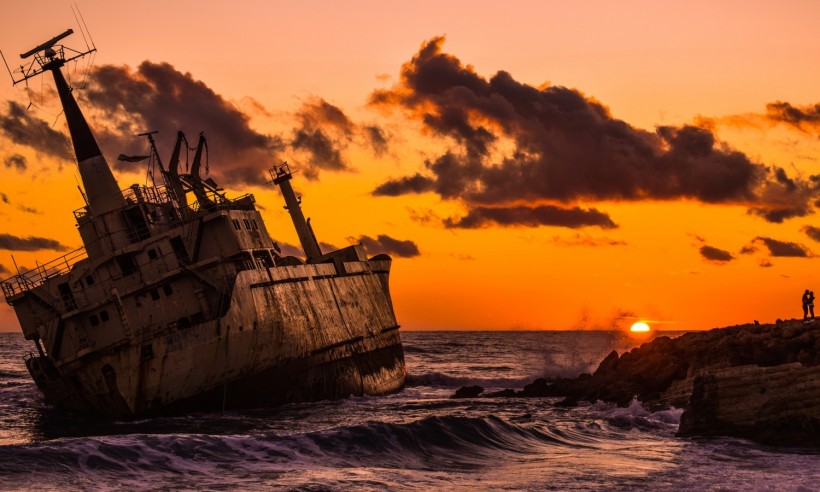Scientists have found hazardous explosives and heavy metals pouring from a Nazi patrol boat that was sunk by RAF bombers during World War II. The patrol vessel was the V-1302 John Mahn, a fishing trawler commandeered by Adolf Hitler's soldiers, which lies off the coast of Belgium after being destroyed in 1942.

Shipwreck Sea Cloud
V-1302 Jonh Mahn Harms Sea Floor
Ghent University specialists have discovered that the adjacent sea floor has been harmed by the wreckage, which is 115 feet deep. According to Express.Co, samples recovered from the hull of the ship and the nearby sea bed contain residues of arsenic, nickel, and copper.
According to PhD student Josefien Van Landuyt, the general public is frequently highly interested in shipwrecks because of their historical significance, but the potential environmental impact of these wrecks is frequently disregarded.
Wrecks can serve as man-made reefs and are great for telling stories, but we shouldn't forget that they can also be hazardous man-made objects that were mistakenly placed into a natural setting. For this very reason, new shipwrecks are now removed.
Shipwrecks on North Sea Sea Floor
According to Daily Mail, the North Sea's seafloor is littered with tens of thousands of ship and airplane wrecks, warheads, and tons of conventional weapons like bombs and shells. Hazardous materials like gasoline and explosives can harm the maritime environment and can be found in wrecks.
Between 2.5 million and 20.4 million tons of petroleum products are believed to have been lost in World War I and II shipwrecks worldwide.
The location of these wrecks and the impact they have on the geochemistry and microbiology of their surroundings, however, remain largely unknown.
Shipwreck Leak Study
According to the study, which was published in Frontiers in Marine Science, there were heavy metals including nickel and copper, as well as arsenic and explosive chemicals present.
Polycyclic aromatic hydrocarbons (PAH), which naturally occur in coal, crude oil, and gasoline, were also shown to exist. Depending on how far away from the shipwreck they were, they discovered variable quantities of these deadly contaminants.
The samples that were closest to the ship's coal bunker and the recently deposited sediment in the wake of the wreck had the greatest metal content. The areas nearest to the ship had the highest PAH concentrations.
The microbial composition in the sediment samples taken from the area around the ship was also examined by the researchers, and they found that it had been impacted by the pollution. In samples with the highest pollutant levels, they discovered Rhodobacteraceae and Chromatiaceae, two known PAH-degrading microbes.
Additionally, the presence of sulfate-reducing bacteria like Desulfobulbia in the hull samples certainly contributed to the corrosion of the steel hull.
ALSO READ: Stars May Stop Producing Elements Due to Excessive Heavy Metal Content
V-1302 John Mahn
During World War II, the German fishing trawler V-1302 John Mahn was commandeered and converted into a patrol vessel.
The vessel served to safeguard the German battleships Scharnhorst and Gneisenau as they were transferred from Brest, France, back to Germany in 1942.
The British Royal Navy prepared to attack their fleet of 66 ships as they entered the Dover Straits after learning about this mission.
The RAF launched Swordfish aircraft to attack the German boats in what is now known as the Channel Dash, but they were all shot down.
Scharnhorst and Gneisenau sustained relatively minor damage while the V-1302 John Mahn perished in the attack and sank to the bottom of the sea.
RELATED ARTICLE: Heavy Metal Toxins Genetically Alter Dairy Cows To Become More Antimicrobial-Resistant
Check out more news and information on Environment in Science Times.




![Earth's Quasi-Moon Kamo‘oalewa Could Originate From Lunar Surface Not Asteroid Belt [Study]](https://1721181113.rsc.cdn77.org/data/thumbs/full/53275/89/56/50/40/earths-quasi-moon-kamo-oalewa-could-originate-from-lunar-surface-not-asteroid-belt-study.png)









